
Greetings Friends,
This month: a Bulldozer arrived, Gouldian Finches kept visitors entertained and migratory shorebirds returned to Lee Point. Save Lee Point Rally is at 1200 Thurs, 15 Sept Raintree Park – updates on FLP Facebook.
1. Bulldozers are here! Rally – Saturday morning 3rd Sept
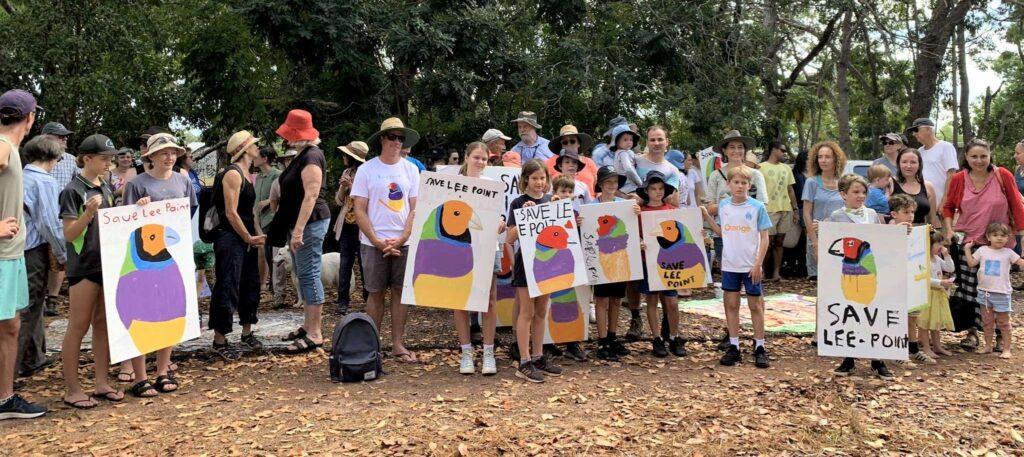

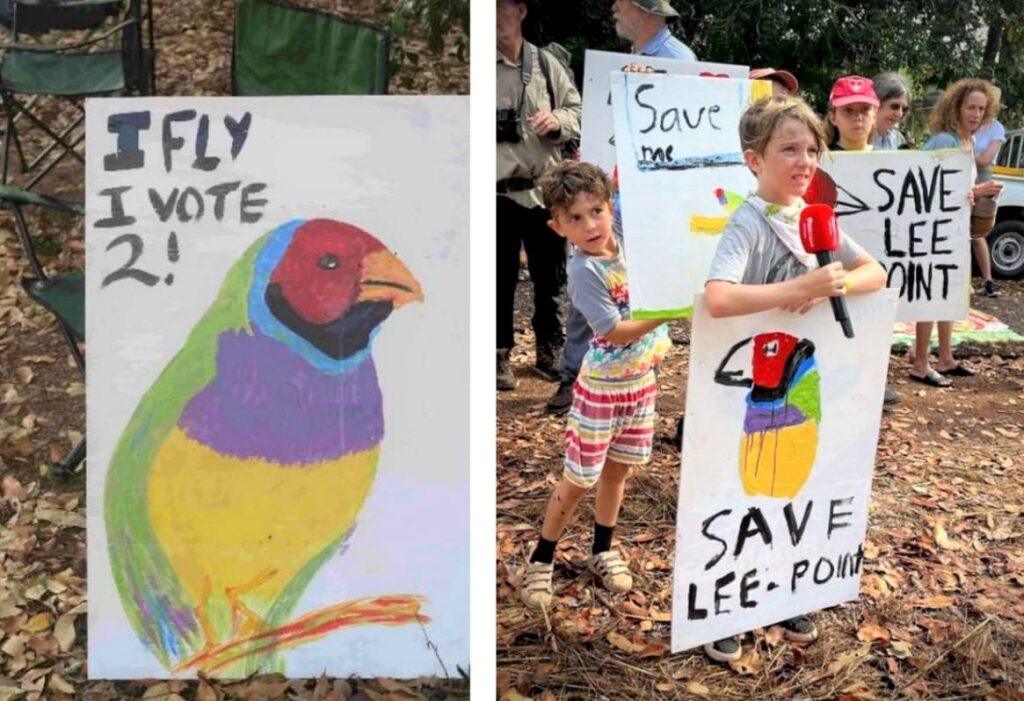
2. Last Chance Tourism Event – Saturday morning 27 Aug
Lots of art happened at the Last Chance Tourism event, photos above. Most people saw up to 100 gouldians before 8.30am. This Tawny Frogmouth was an added bonus.
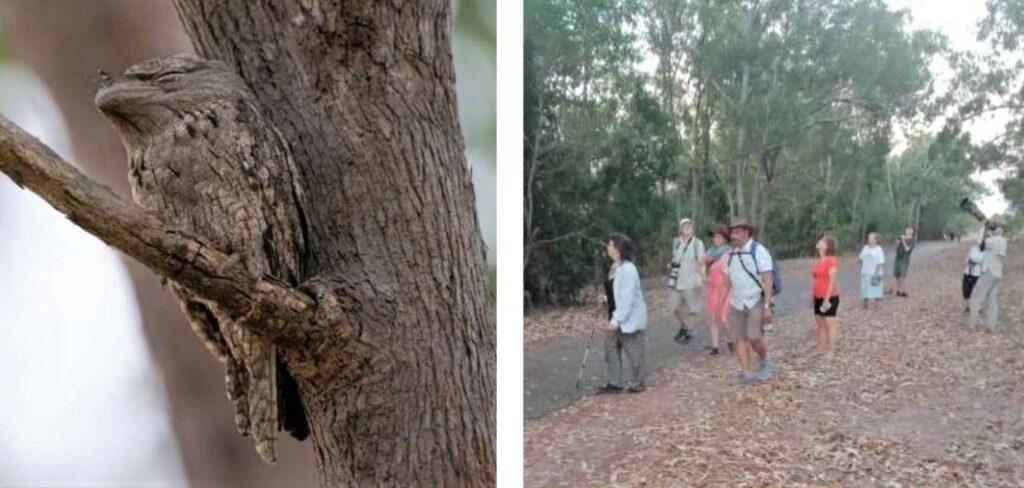
The Tawny Frogmouth is a common noctural bird of Darwin. It likes insects and small invertebrates and nests in tree hollows. One caravan park visitor said: you should see what happens after dark – lions and tigers!
3. The fence is up for Stage 2 clearing!!!
Stage 2 will destroy the Corridor – who benefits from this – not the community, tourism industry or wildlife!! Why Lee Point Corridor needs protecting
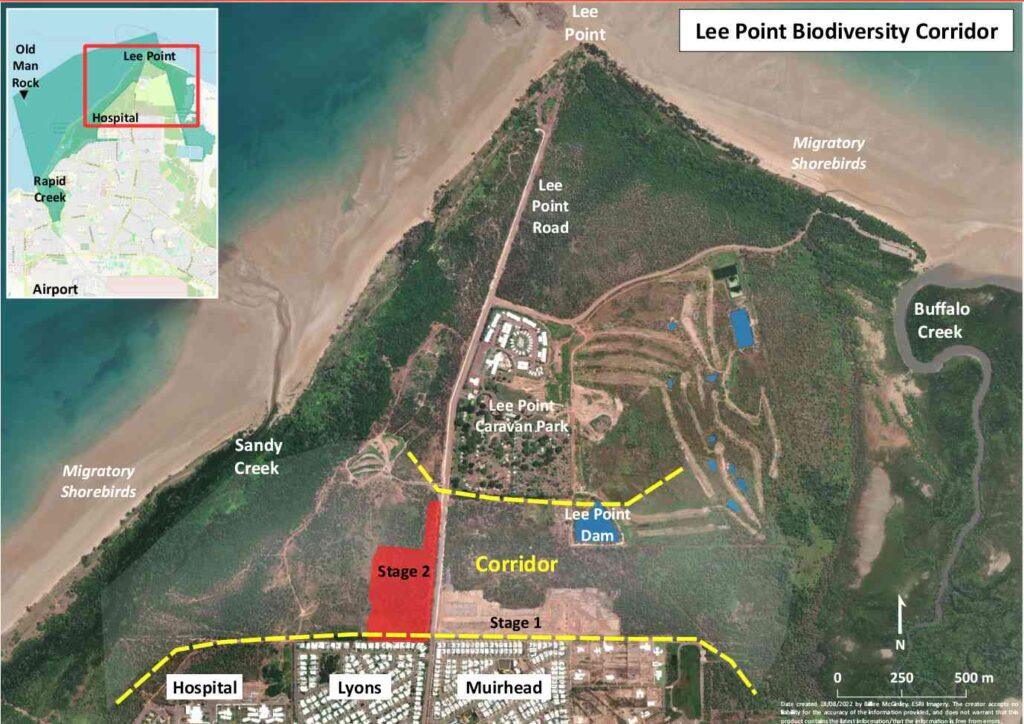

A bulldozer arrived late August, fences went up and cycads were removed from Stage 2. We still don’t know what happened to the cycads from Stage 1.
4. A change in direction on the Lee Point development?
People are calling on the Federal Minister for Environment – Tanya Plibersek to save the Gouldian Finches from the NT defence development. Our Chief Minister – Natasha Fyles is seeking discussions with Tanya Plibersek on the matter. Let’s hope Lee Point is the winner!
This has attracted media attention from: ABC News, NT News, Guardian and Yahoo News. Larrakia is calling for Lee Point to be saved for future generations. Please sign; Save the Gouldians petition and find out – What to do next
5. Food for grass finches in Lee Point Corridor
The Corridor has lots of different grass seeds and watering points for grass finches. Grass finches breed when food is plentiful, some breed all year round. Gouldian Finches (a type of grass finch) typically breed in tree hollows during April – May.
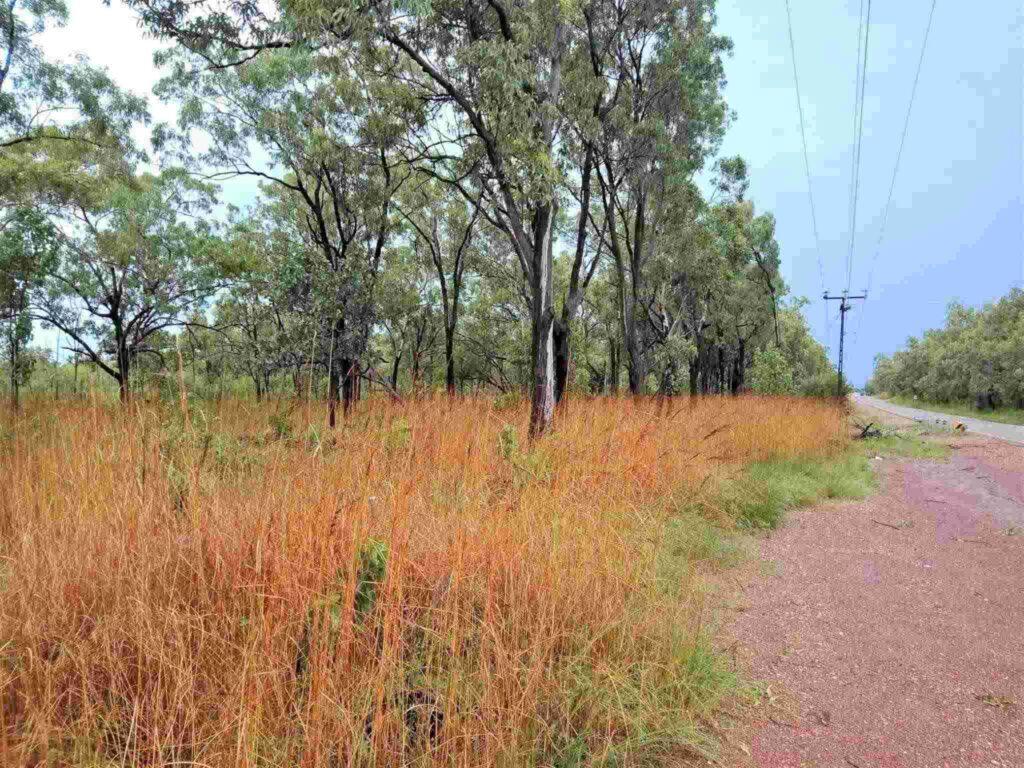
Native Sorghum seeds are eaten by ants and grass finches. Speargrass is a type of sorghum. Grass finches eat insects to supplement their diet. Insects like termites are high in protein.
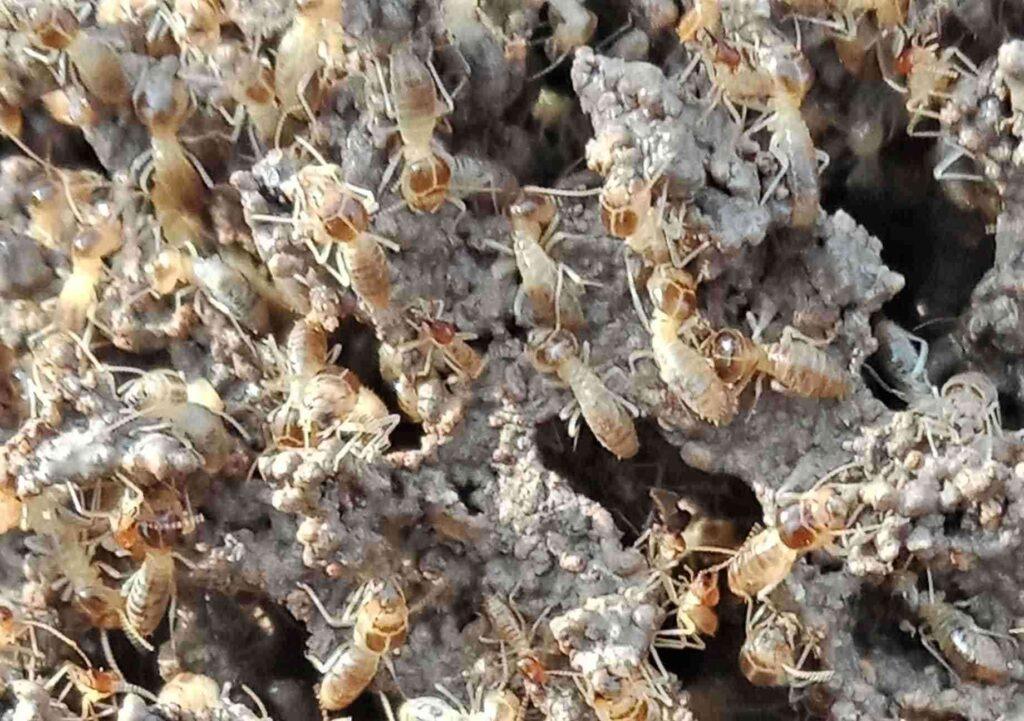
6. Lee Point Trivia
Q1. The Gouldian Finches at Lee Point have been attracting visitors to Darwin. Approximately how much is birdwatching tourism worth to Australia each year? Answers at the end.
A. $50M B. $100M C. $200M D. $300M
7. Biodiversity and birdlife
The Star Finch and Black-breasted Buzzard are uncommon in Darwin; however, both have recently been seen in the Corridor.
The Black-breasted Buzzard is building a nest, a first for Darwin, near Lee Point Dam. They are known for using rocks to break emu and brolga eggs – only two bird species in the world use this technique.
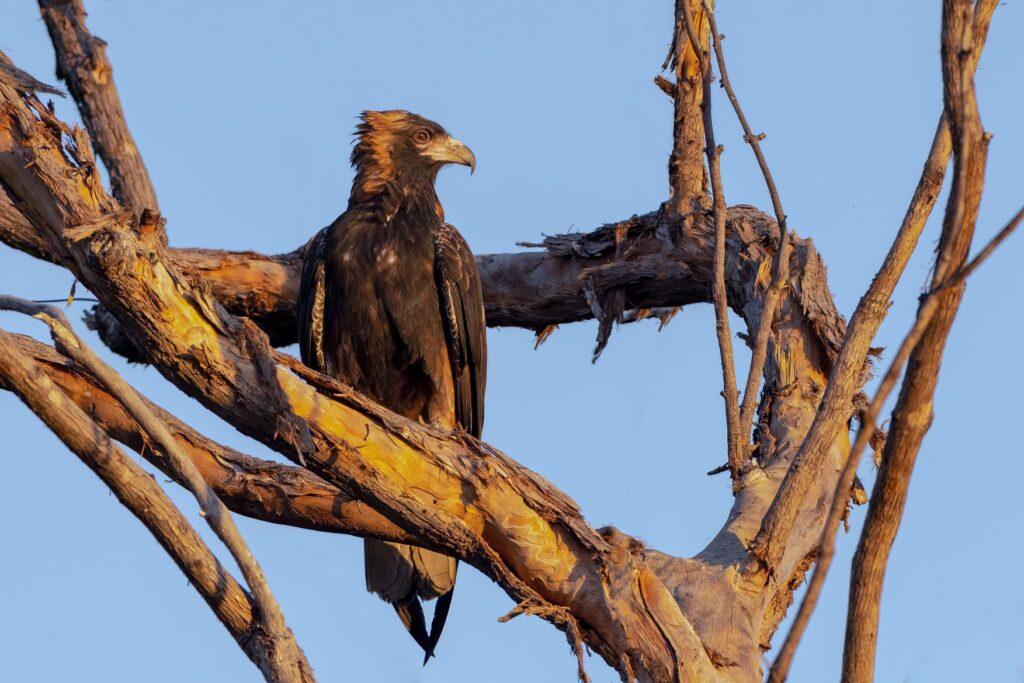
8. Migratory shorebirds are back at Lee Point
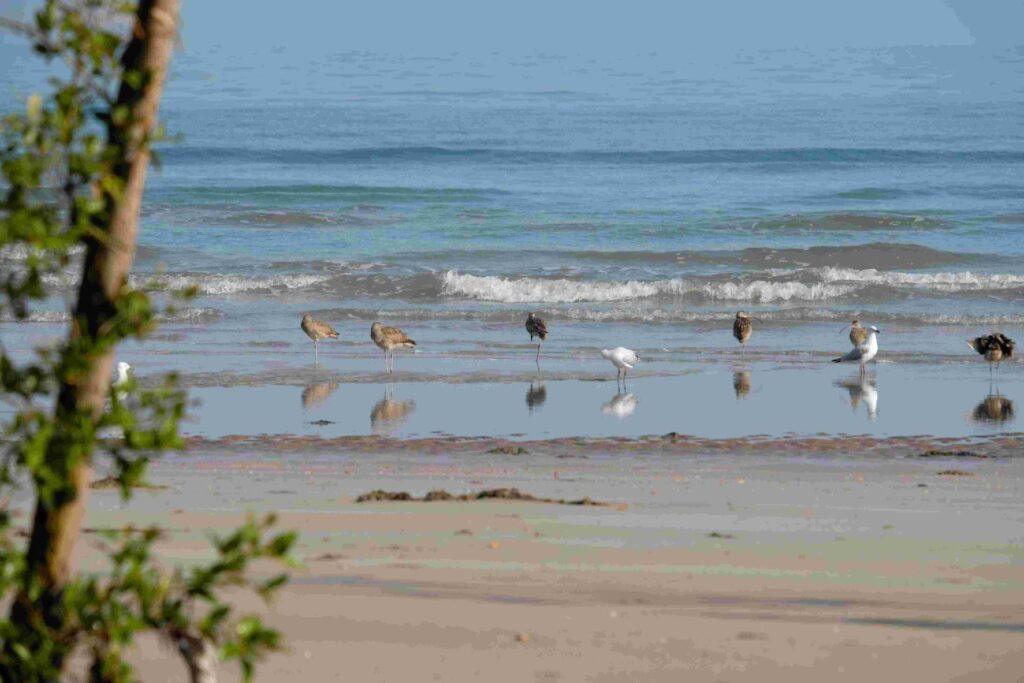
Professor Stephen Garnett talks to the ABC about the threats migratory shorebirds face.
9. Flowering plants in Lee Point Corridor
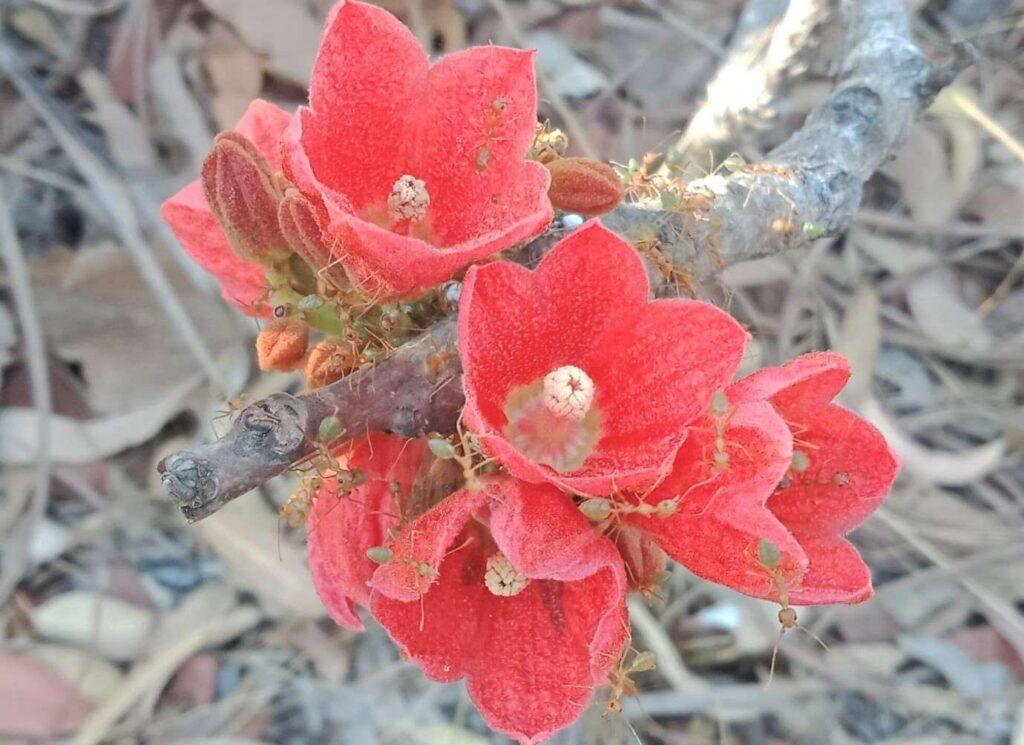
This is City of Darwin’s Floral Emblem
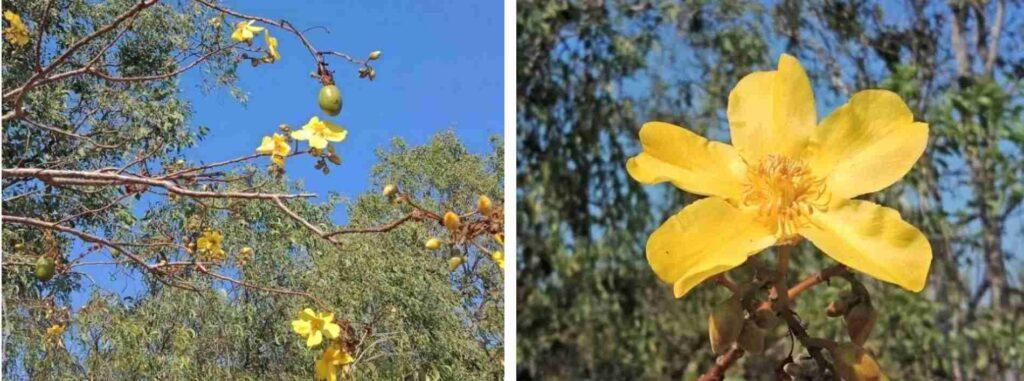
Late dry season can be bad for biting insects; please check this Calendar
Until next time, enjoy the last of the Dry Season at Lee Point
Answer Q1. D. Approx $300M. In 2022, Birdlife Australia assessed the value of birdwatching to the tourist industry as $283M. Birdlife also said bird-focused tourism is a fast-growing niche market in Australia and that birders spend more than the average tourist.